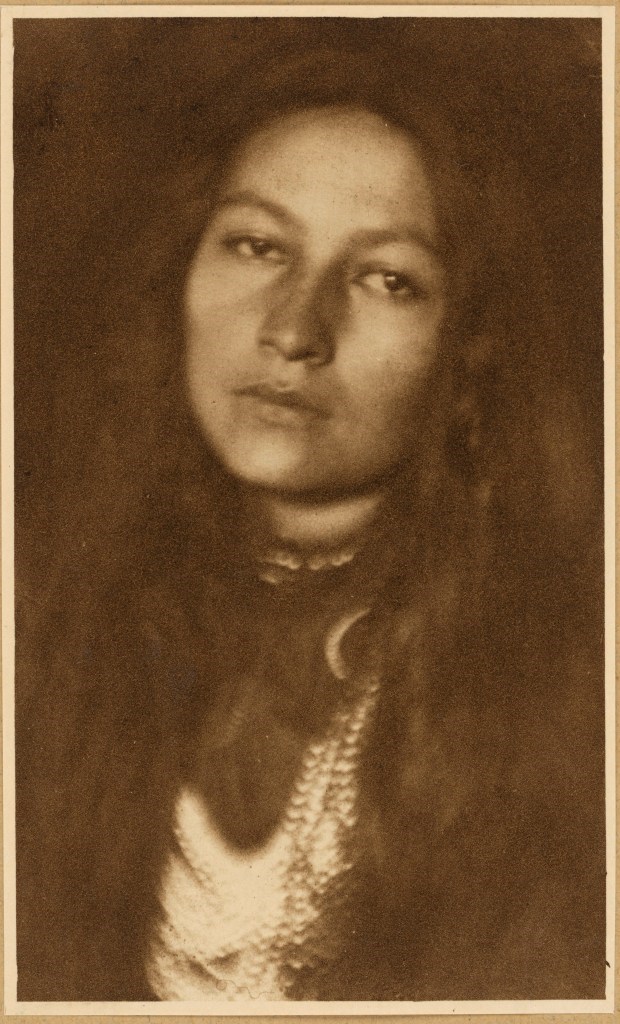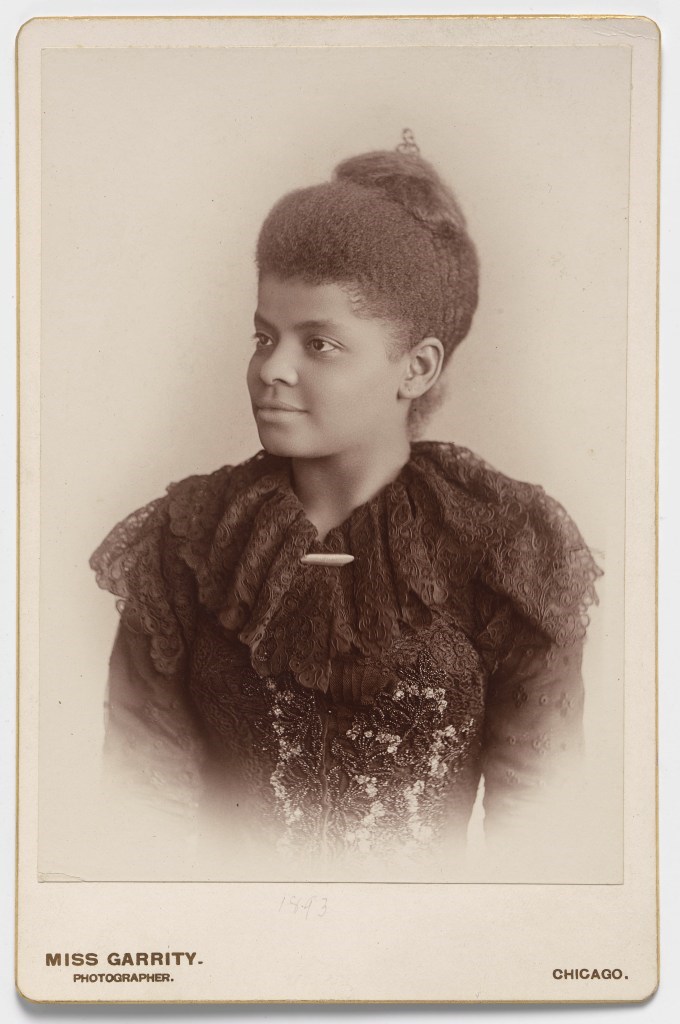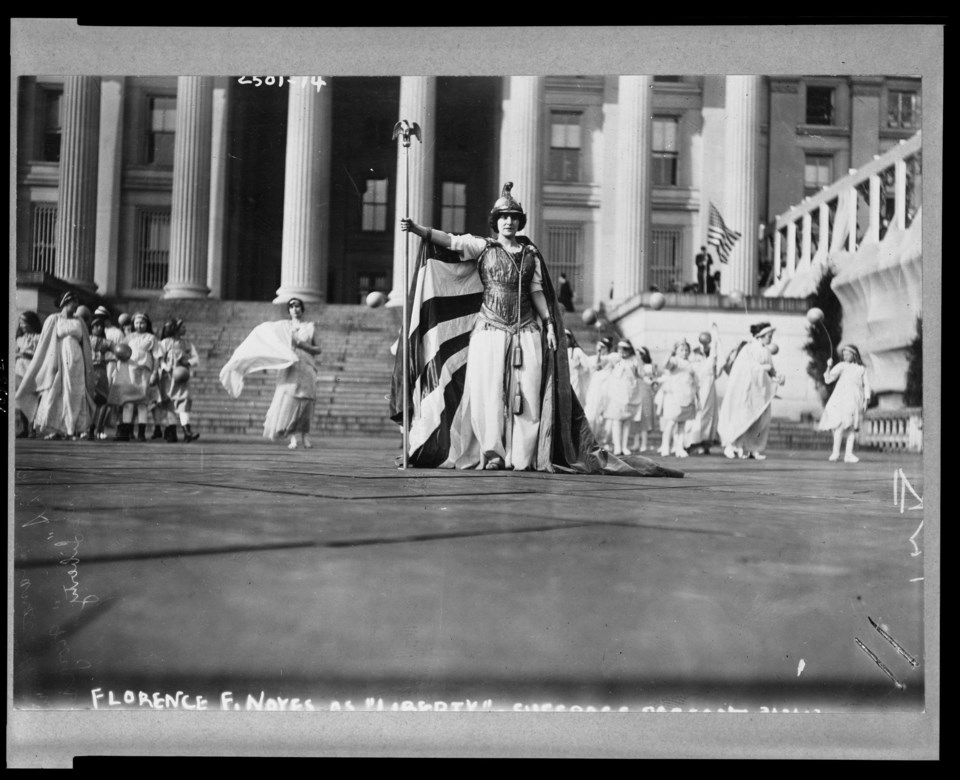Gertrude Simmons Bonnin lost her spirit at a Quaker missionary boarding school in the “land of apples” (Wabash, Indiana), where she was forced to cut her long dark hair, trade in her moccasins, and give up the Lakota Sioux language for English.
Born in 1876 on the Yankton Sioux Reservation in Dakota Territory, Bonnin had grown up learning her mother’s people’s traditional American Indian culture. Not much is known about her non-American Indian father. But he could be part of the reason why her mother sent her to the boarding school at the age of 8 years old.
Late in the morning, my friend Judéwin gave me a terrible warning,” Bonnin later wrote in her essay “The School Days of an Indian Girl.” Judéwin knew a few words of English, and she had overheard the paleface woman talk about cutting our long, heavy hair. Our mothers had taught us that only unskilled warriors who were captured had their hair shingled by the enemy. Among our people, short hair was worn by mourners, and shingled hair by cowards!
We discussed our fate some moments, and when Judéwin said, "We have to submit, because they are strong," I rebelled.
"No, I will not submit! I will struggle first!" I answered.
Bonnin would continue this struggle into adulthood. A writer, composer, and lecturer, she began calling herself Zitkála-Šá (Red Bird) and became one of the first and most important American Indian reformers of the early 20th century. She helped found both the Society of American Indians in 1907 and National Council of American Indians in 1926.

The Smithsonian Institution included her story in its exhibit “Votes for Women: a Portrait of Persistence,” which will be on display September 1 through mid-November at the Heard-Craig Center for the Arts in McKinney. The exhibit correlates with the 100th anniversary of the 19th Amendment.
“The story of women’s suffrage is a story of voting rights and our civic development as a nation,” according to the exhibit’s description. “It is one of the longest reform movements in American history. Between 1832 and 1920, women citizens organized for the right to vote, agitating first in their states or territories and then, simultaneously, through petitioning for a federal amendment to the U.S. Constitution.
"Based on the National Portrait Gallery exhibition of the same name, Votes for Women seeks to expand visitors’ understanding of the suffrage movement in the United States. The poster exhibition addresses women’s political activism, explores the racism that challenged universal suffrage, and documents the ratification of the Nineteenth Amendment which prohibits the government from denying U.S. citizens the right to vote on the basis of sex. It also touches upon the suffrage movement’s relevance to current conversations on voting and voting rights across America.”

Other women celebrated as part of the exhibit include powerful figures like Ida B. Wells, an investigative reporter who crusaded against lynching and, a suffragist herself, openly opposed various women's suffrage protests in Washington D.C. that ignored lynching and crimes against Black people.
Reservations are required and tickets can be secured by booking through the museum’s website at: heardcraig.org. The Museum recommends that Group Tours be no more than 6-8 people during the COVID-19 precautionary time.




